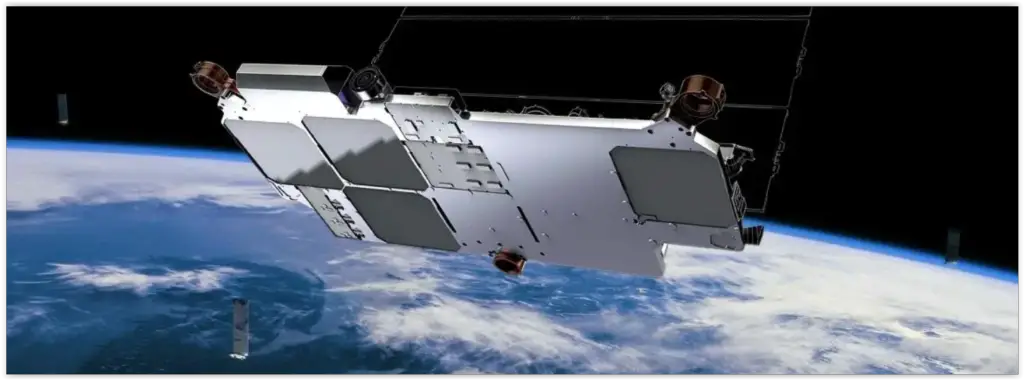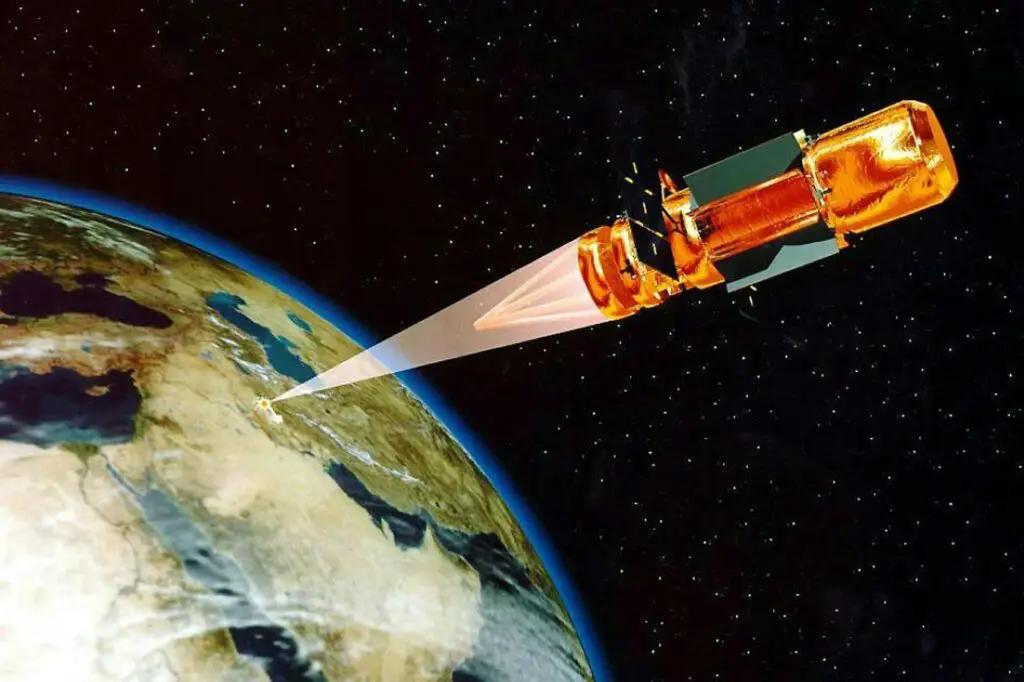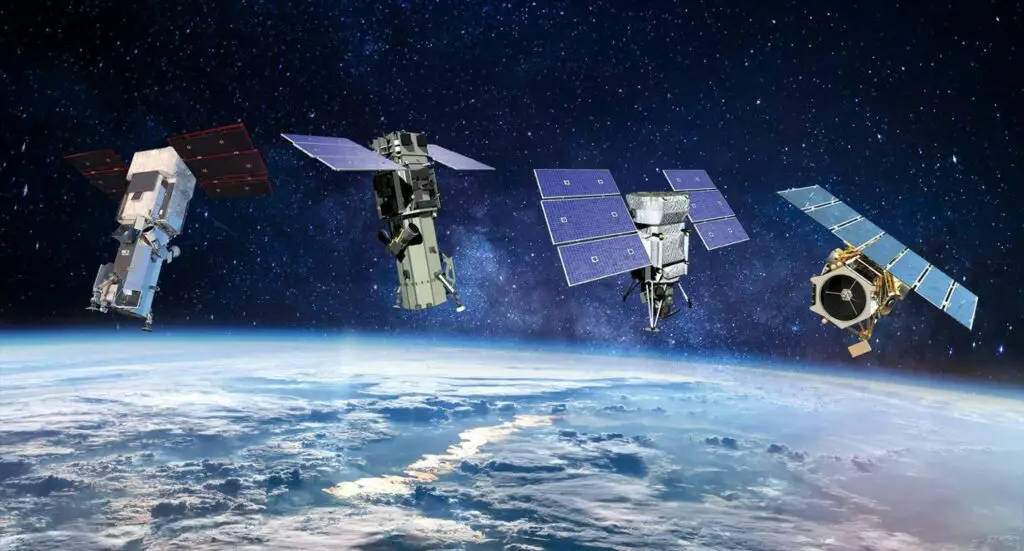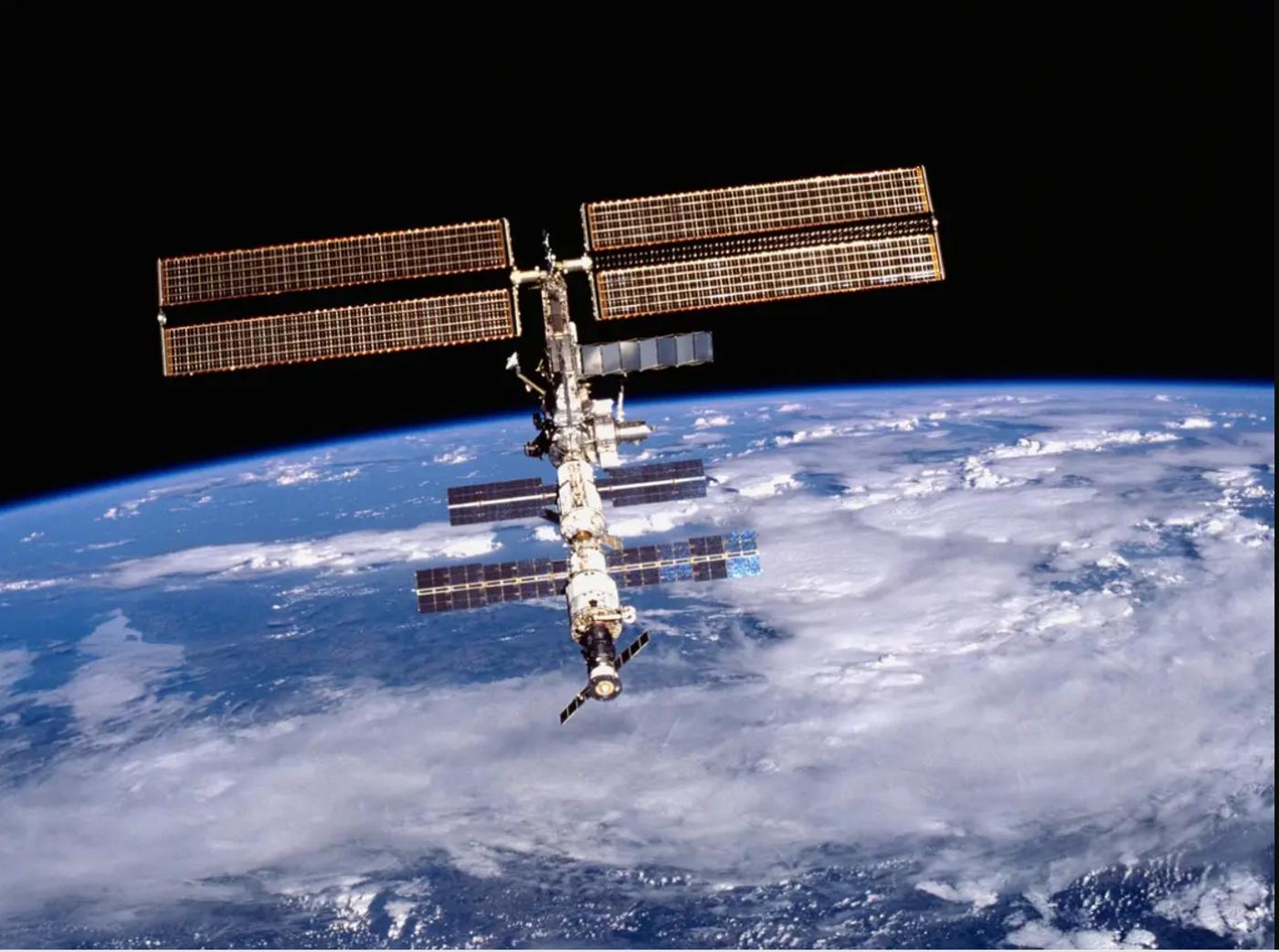As Russian forces crossed into Ukraine in February 2022, a simultaneous and less visible offensive began—a cyberattack targeting satellite communications. This technological assault, aimed at disrupting Kyiv’s command and control, had profound implications, illustrating how satellites are becoming crucial targets in modern warfare.
The Inception of a New Battlefield
The cyberattack, which disabled modems linked to a communication satellite, had widespread consequences. Wind turbines in Germany stalled, and internet access was cut off for tens of thousands of people and businesses across Europe. This attack underscored the increasing importance of satellites in military operations, from positioning troops and running communications to launching and detecting weapons.
As satellite constellations grow, so does the interest in technologies capable of disrupting or destroying adversary assets—not only on the ground but also in space. This has led to the development of counterspace technologies such as signal jamming, spoofing, high-powered lasers, anti-satellite missiles, and spacecraft capable of interfering with others in orbit.

Escalating Counterspace Technologies
Russia’s alleged development of a space-based, anti-satellite nuclear weapon brought these concerns into sharp focus. Such a weapon could have devastating effects, potentially disrupting satellites essential for weather prediction, disaster response, and global navigation systems.
The U.S. recently accused Russia of launching a satellite “presumably capable of attacking others in low Earth orbit,” highlighting the ongoing development of counterspace systems by leading powers like the United States, Russia, and China.
Tracking these developments is challenging due to the secretive nature and dual-use ambiguity of many space technologies. Both Russia and China have advanced their counterspace capabilities, while the U.S. continues to enhance its own space research and capabilities.
The New Space Race
The competition extends beyond military capabilities. The U.S. and China are vying to put astronauts on the moon and build research bases there. Advances in satellite launch technology have enabled more actors, including North Korea and Iran, to place assets in orbit.
Geopolitical rivalries on Earth drive efforts by Beijing and Moscow to deny the U.S. the strategic advantages provided by its space capabilities. Developing counterspace technologies allows these nations to disrupt U.S. space-based communication, navigation, and command and control systems during military conflicts.
Historical Context and Modern Developments
The concept of space weapons is not new. During the Cold War, the U.S. and the Soviet Union pursued technologies to disable each other’s satellites. Today, America’s preeminence in space-based military operations is a target for Russia and China, who aim to neutralize this advantage.
Russia has revived Cold War-era anti-satellite programs, including developing an “aircraft-borne laser system” to disrupt reconnaissance satellites. New evidence suggests Russia is also working on space-based technology to jam satellite signals.
China announced its counterspace ambitions in 2007 by destroying an aging weather satellite with a missile, breaking a decades-long lull in destructive anti-satellite tests. Since then, China has conducted multiple nondestructive missile tests and developed jamming and laser systems targeting satellite communications.

The Strategic Imperative
The U.S., despite its extensive space capabilities, maintains a policy against placing weapons in space. Its reliance on space for defense makes it vulnerable to attacks on its satellite infrastructure, prompting the development of non-destructive counterspace capabilities like signal jamming.
In November, U.S. Chief of Space Operations Gen. Chance Saltzman emphasized the need to counter adversaries’ space capabilities, pointing to China’s strategy to enhance its weapon range and accuracy using space-enabled capabilities. Denying adversaries access to space-based information is crucial for protecting U.S. military operations.
Global Implications and Future Outlook
The increasing militarization of space has prompted U.S. allies, including France and Australia, to seek counterspace abilities, focusing on non-destructive methods like jamming and lasers. Israel has also used GPS jamming to neutralize threats.
More than 7,500 operational satellites orbit Earth, with the U.S. owning the majority. Russia’s cyberattacks on commercial satellite constellations, such as SpaceX’s Starlink, underscore the strategic importance of these assets in military operations.
Developing a nuclear space-based weapon, as Russia is reportedly considering, could have catastrophic implications. Such a weapon could wipe out large satellite constellations, creating long-lasting debris and radioactive remnants, potentially rendering orbits unusable for both military and civilian purposes.
Chinese researchers have also explored the effects of nuclear detonations in space, indicating a serious consideration of such extreme measures.

The Need for International Cooperation
The 1967 Outer Space Treaty, which bans the placement of weapons of mass destruction in space, remains a critical framework for maintaining peace in space. However, recent geopolitical tensions have strained efforts to uphold and expand these principles.
Russia’s recent veto of a U.N. resolution to reaffirm the treaty’s principles highlights the challenges of achieving international consensus on space weaponization. The ongoing development of counterspace technologies and the potential breach of the Outer Space Treaty underscore the need for renewed international cooperation to prevent an arms race in space.
Conclusion
As military strategies evolve, the battlefield extends beyond Earth’s surface to the expanse of space. The development of counterspace technologies by global powers marks a new era in warfare, where the control and protection of satellite assets are paramount. Ensuring the peaceful use of space requires robust international agreements and cooperation, as the consequences of space conflict could affect every aspect of modern life.



